

Uh oh...
It appears that you're using a severely outdated version of Safari on Windows. Many features won't work correctly, and functionality can't be guaranteed. Please try viewing this website in Edge, Mozilla, Chrome, or another modern browser. Sorry for any inconvenience this may have caused!
Read More about this safari issue.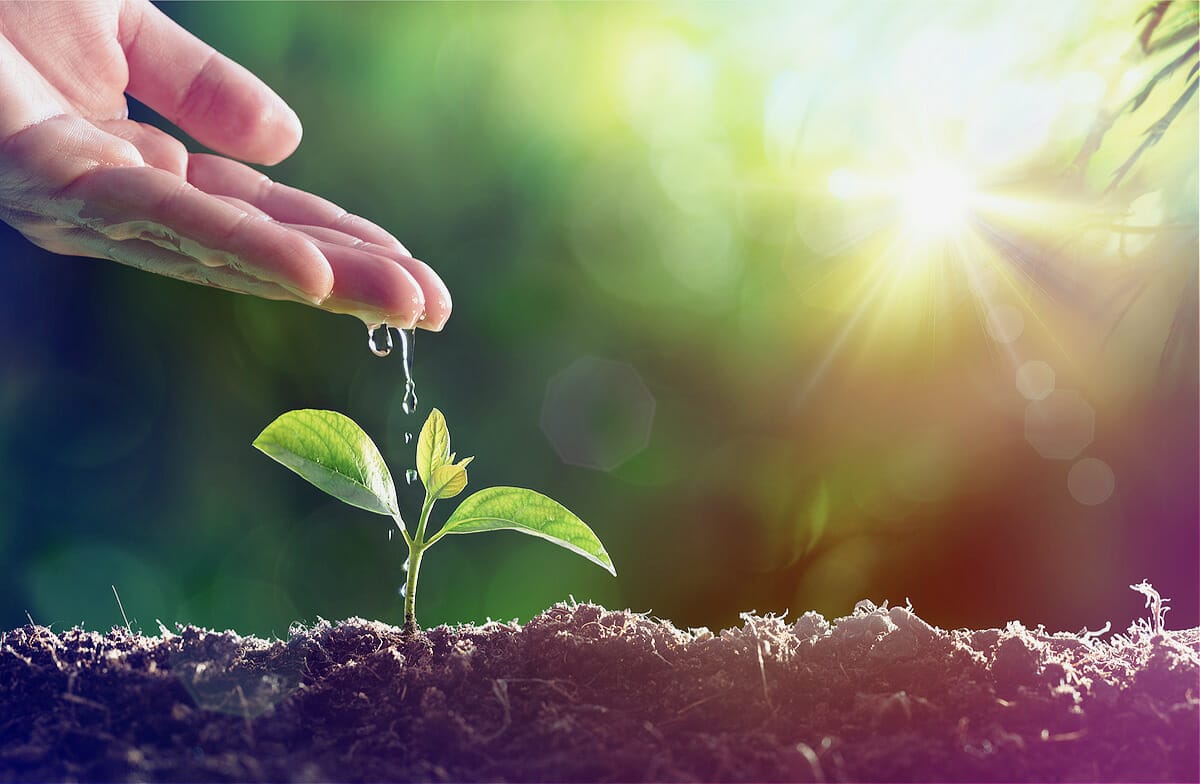

Do you set resolutions in January? For me, the beginning of a new year represents the opportunity for a fresh start and a chance to do things better. This year as you think about the months ahead, why not extend new year resolutions to your garden?
Today I have 10 garden resolutions for your consideration—a mere guideline if you will. As you read through my list, other ideas may come to you, resolutions deemed more helpful and easier to implement depending on your particular gardening zone and the type of gardening you enjoy. The important thing is to begin your wintertime season of garden dreaming NOW. Later, when the weather warms, and you put your garden resolutions in motion, you will be helping Arkansas’ natural environment. And that’s a worthwhile endeavor!
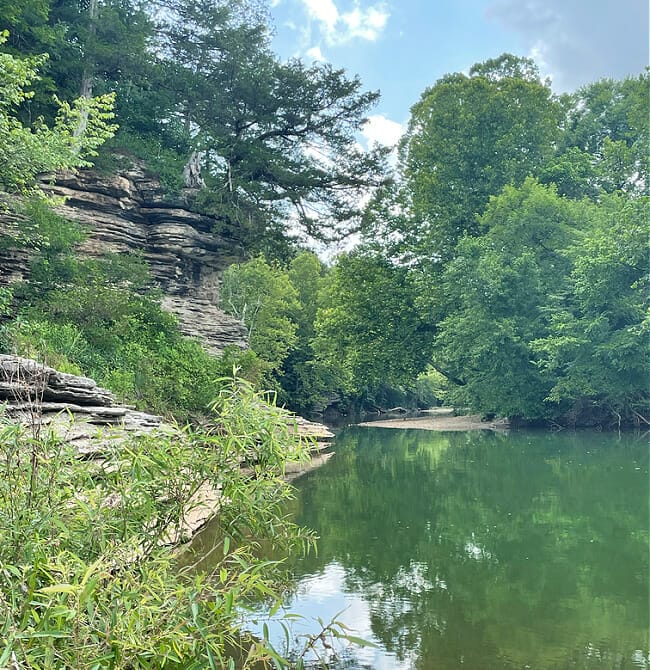
In no particular order…
Ten Garden Resolutions
1. Grow with Purpose
Before planting a new shrub, tree, or flower, think about the plant’s purpose beyond appearance. Will the shrub attract birds or beneficial insects by providing food and/or habitat? Is it a host plant for a particular caterpillar? Will hummingbirds nectar from it? Will deer avoid it? Does the plant you have your eye on happily grow in your planting zone or will it require constant babysitting?
We gardeners don’t have time to babysit fussy plants.
Yes, planting a tree for its summer shade or adding flowers to beautify your front walkway are valid reasons too. But hear me out. With all the desirable native varieties available, why not ensure your selections also benefit nature?
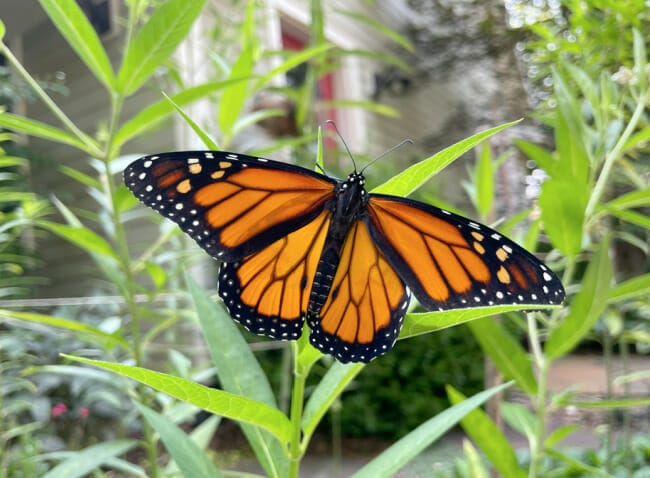
Over the past few years, my husband and I have worked to turn our backyard into a designated monarch waystation. This means we have created a habitat that supports monarch butterflies (and other butterflies) throughout all stages of metamorphosis. Also, since Arkansas is situated within the Mississippi Flyway (the migratory pathway of more than 325 bird species), we strive to provide a healthy habitat for birds as they travel to and from nesting and wintering sites.
At this point in my gardening life, if a plant doesn’t benefit nature (or isn’t edible for humans), I will think long and hard before planting it in my limited garden space. There are simply too many fabulous florae options to dedicate room and effort to plants that don’t multitask.
2. Avoid Invasive Species
Did you know a native oak tree supports over 4,000 different species of insects and animals? Also, an oak tree holds more rainwater and captures more carbon than any other tree?
For years, trees like the Bradford Pear were planted because they grow quickly and provide early spring blooms. The problem with Bradford Pears (and many non-native trees) is that they support very few species essential to our food web. Also, and perhaps even more problematic, these invasive plants spread into both urban and forested areas, obstructing the growth and regeneration of native plants our ecosystem needs.
The best thing you can do is avoid planting invasive species in the first place. The next best thing you can do is remove them from your yard.
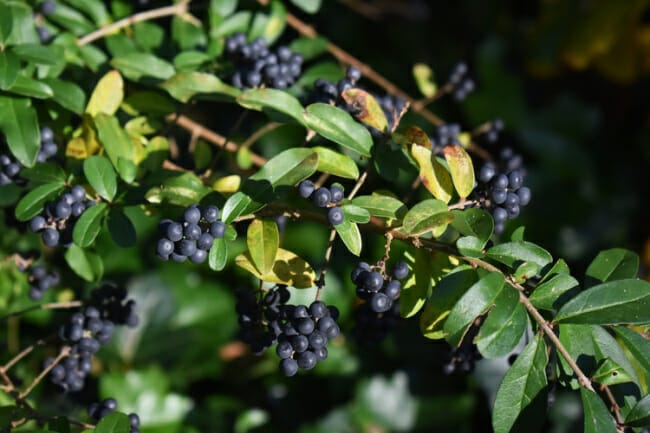
For a list of 18 common invasive species and suggested alternative native plants, click HERE.
3. Propagate / Sow Seeds
When you have identified the plants you want to add to your garden this year, consider sowing seeds rather than buying larger plants already blooming. You will certainly get more bang for your buck this way, not to mention, there’s a real sense of accomplishment that comes from growing plants from the tiny seeds you’ve saved all winter or purchased from a reputable seed catalog/nursery.
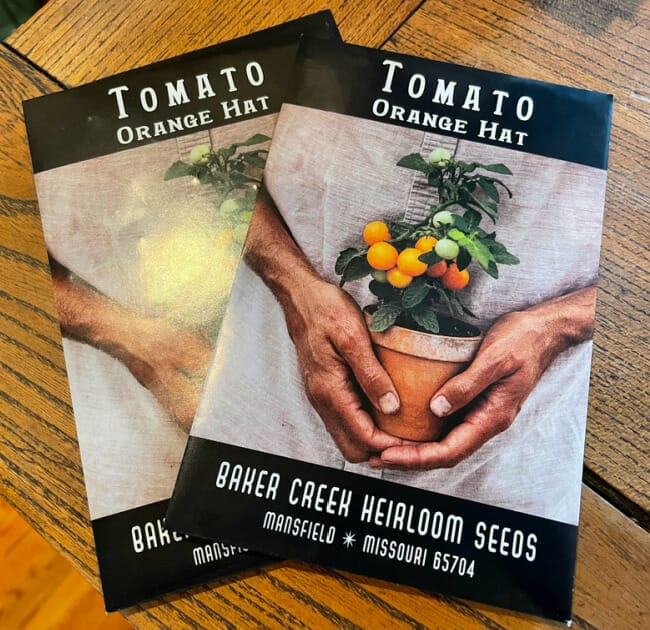
Why not learn to propagate from existing plants? Certain annuals, perennials, succulents, and houseplants can be propagated from cuttings fairly easily. Just think of it…geranium cuttings from one plant this spring can result in a planter full of these favorites come summer!
“Birds and Blooms” provides helpful propagation tips HERE.
No matter how you grow flowers, herbs, and veggies, be sure to share the bounty of your hard work with friends and neighbors. Some of my favorite plants were passed along from gardener friends.
4. Keep a Gardening Journal
Whether or not you consider yourself a writer, it can be helpful to keep track of your gardening successes in a journal. I include information on the seeds and bulbs I’ve planted, including thoughts on what performed well and what didn’t. I also create design plans and garden wish lists in my journal. Then I record the species of birds that visit our feeder.
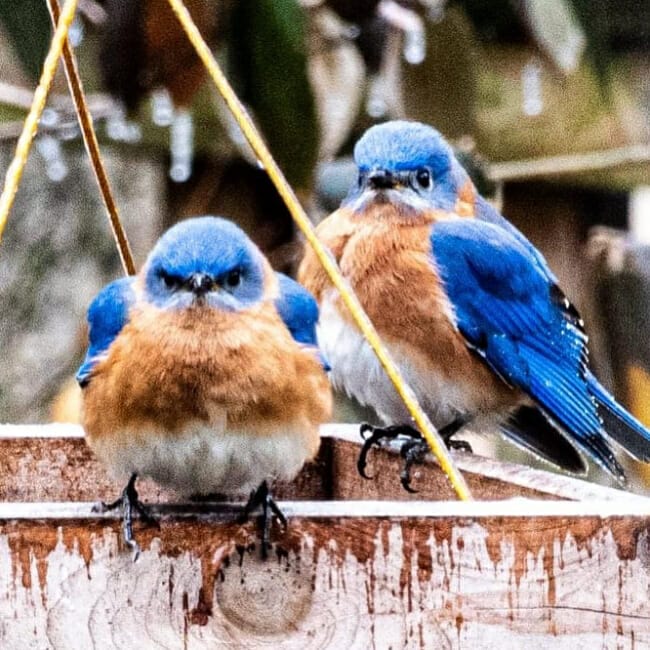
A written history of your gardening life can be educational to generations in the future. Who knows, a hundred years from now, someone may read my journal and discover all about the victory garden my husband and I put in during the first few months of Covid. Or how we fed the birds during the crazy winter of 2021 when our temperatures dropped to -17 degrees.
5. Water Wisely
Arkansas is considered more water-rich than many states. That doesn’t mean we should be wasteful with our resources.
If you have a sprinkler system, be sure to install a rain sensor. Consider drip irrigation or Ollas to provide moisture to extra-dry areas. Rain barrels are an efficient way to capture rainwater for use in the summer months. Anything to help reduce your water bill, right?
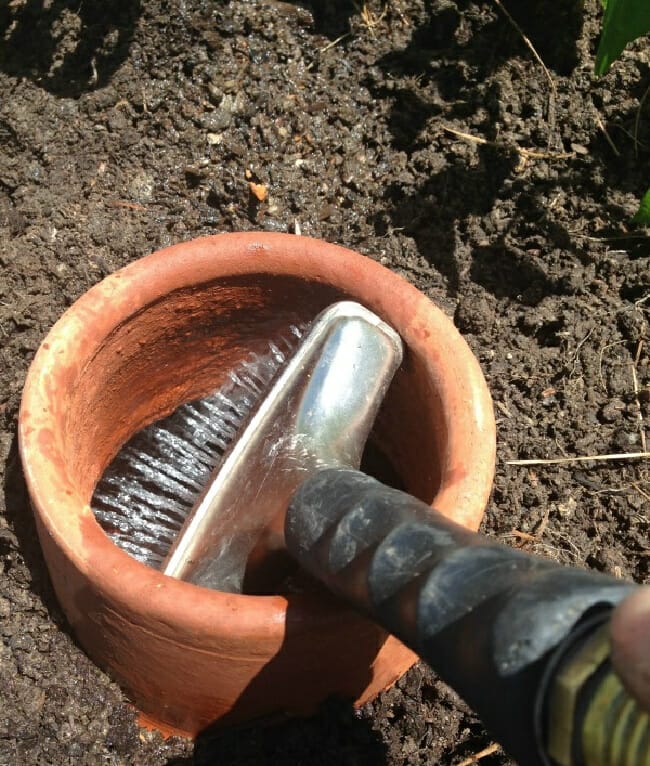
Another reason I love native plants is because they have adapted to our particular landscape and weather conditions. Once established, they will typically grow without much fretting (i.e., watering and fertilizing) on the gardener’s part. Choose a variety not adapted for your growing area, and you may be watering it constantly.
6. Use Non-Toxic Remedies
I’ll be the first to tell you that when the Japanese Beetles ravage my roses every June, I go a little crazy. But I don’t use pesticides or herbicides on my plants or in my yard because I want to create a balanced garden.
Non-toxic, homemade remedies are my method of attack.
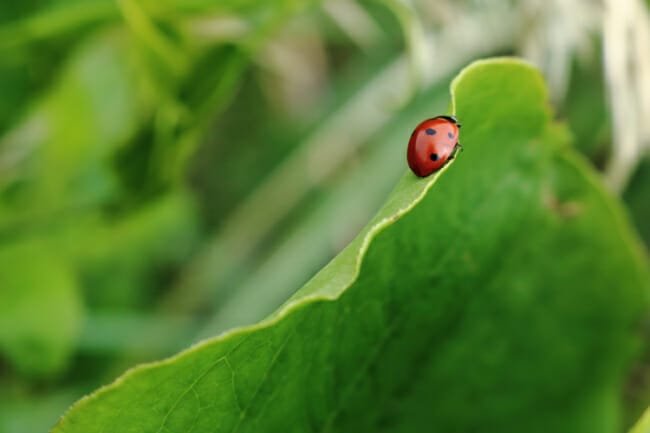
Ladybugs keep many garden pests in line. A stiff squirt of the garden hose will handle most aphids. A spray of water with a bit of Dawn liquid works wonders too. And sometimes, simply picking off bugs is the way to go. (It’s good therapy too!) I’ve not yet tried all these natural suggestions from “Fine Gardening”, but I’ll be putting several of these ideas to the test this spring.
Being a naturalist results in a perception shift. There was a time not that long ago when I would have been upset to see my dill and fennel ravaged by caterpillars. Now, I plant these herbs specifically to feed caterpillars. A hole in a leaf or a chewed stem is evidence of sustenance for a beneficial insect. And I consider that a good thing.
Gardening is a lesson in give and take. I am unwilling to harm caterpillars and hummingbirds to rid my roses of beetles. Instead, I let nature take care of things in her own way.
7. Use Sustainable Materials
If you plan to perk up your garden design this year, consider incorporating sustainable materials.
Pathways made of decomposed granite or pea gravel result in a reduction of water runoff. A ribbon driveway is an eco-friendly option that allows two paved tracks for your vehicle tires with green space for planting ground cover or grass. Rather than buying plant trellises, create your own using twigs from your property. Various outdoor furniture companies have begun using sustainable and recycled materials in their designs. And, of course, recycling and repurposing materials is a fun way to add garden whimsy while saving money and practicing sustainability.
8. Become a Composter
If you don’t already compost, make 2022 the year you become a composter! The EPA estimates one-third of food is wasted in the United States, making food waste a significant component in our country’s landfills. As though food waste isn’t bad enough, food dumped in a landfill can’t break down naturally. Instead, it adds to the planet’s greenhouse gas problem.
How to get started composting?
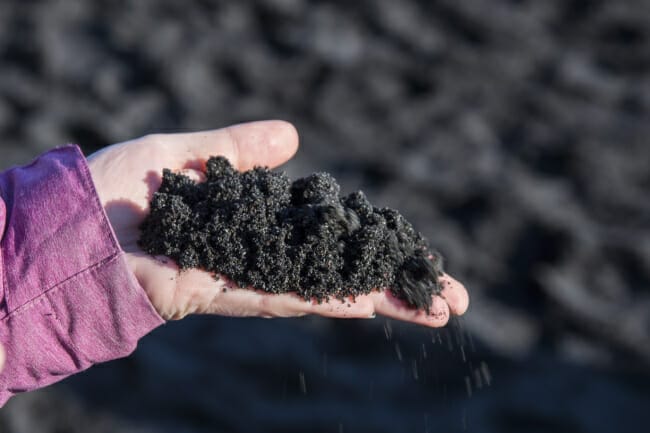
There are many ways to compost at home; methods include open-air, in-ground, tumbler, worm, bacteria, and more. Research the various systems, talk to your local extension office, and choose the method that works for your lifestyle and available space. The key thing to remember is with every system, successful composting requires four elements:
- Nitrogen—delivered via ‘greens’ added to your compost. Greens include green leaves, eggshells, coffee grounds, tea bags, and vegetable scraps. You can also add nitrogen via blood meal.
- Carbon—delivered via ‘browns’ added to your compost. Browns include mulch, dried leaves, newspaper (not colored print), straw, and sawdust.
- Oxygen—turn your pile frequently to aerate.
- Water—water regularly.
I aim for one-third greens to two-thirds browns in my compost. Too much green and your compost may attract flies or have an odor. Not enough green material and your compost will fail to heat. You may need to experiment a bit before discovering the ideal ratio of greens, browns, oxygen and water; the goal is to achieve heat in your compost pile so that microorganisms begin breaking down the material.
What should you not include in your compost? Whole eggs, fish scraps, meat, cooking grease, dishwashing soap, and other no-no items are listed HERE.

Composting Tip: Buy yourself an under-sink composting bin for holding kitchen waste. I purchased a stainless one that holds an entire gallon of scraps (with no smells, thanks to the carbon filter in the lid). Collecting kitchen waste as you prepare meals helps get you in the habit of composting. Soon, the process becomes second nature.
The University of Arkansas Extension office provides a wealth of information on composting.
9. Be a Student/Joiner/Teacher
The more I learn about any given topic, the more I realize how much I still don’t know. This certainly holds true for gardening.
Gardens provide lessons on life and beauty and growth and resilience. And today, with all the resources available to us online, the only excuse we have for becoming stagnant gardeners is the busyness of life. So many things compete for our attention.
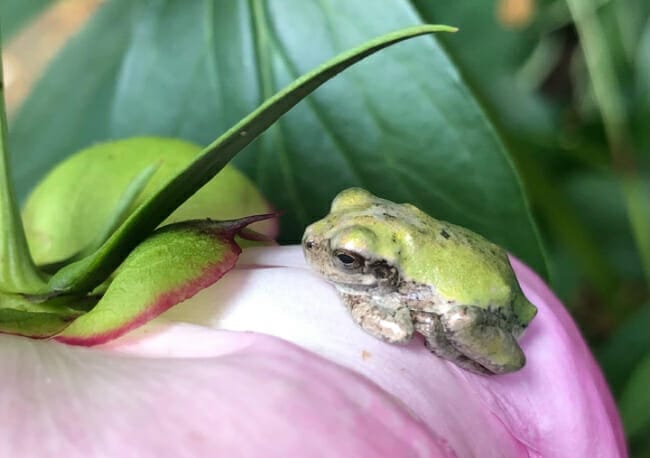
In 2022, make being a student of nature a priority. Take online classes through the Botanical Garden of the Ozarks and the University of Arkansas Cooperative Extension Office. You can even take online classes at museums and gardens across the world. Read books and magazines on specific gardening topics of interest to you. Become an Arkansas Master Gardener or Master Naturalist (or both). Start a garden club in your neighborhood. Share what you know by teaching others.
Make gardening a habit for your entire family. Include kids and grandkids in your gardening projects. The numerous health benefits of gardening include weight control, mood enhancement, strength building, stress reduction, memory improvement, and more!
10. Garden More!
As a garden enthusiast, my planting beds are never large enough. Every year my husband and I expand our beds and shrink our turf area. The turf area we do have is sown with clover seed for the pollinators.
In 2022, one of my most consequential garden resolutions is to spend even more time gardening. No matter where you are in your gardening life, I hope you’ll join me. I promise you will get back more than you give. Nature will celebrate.
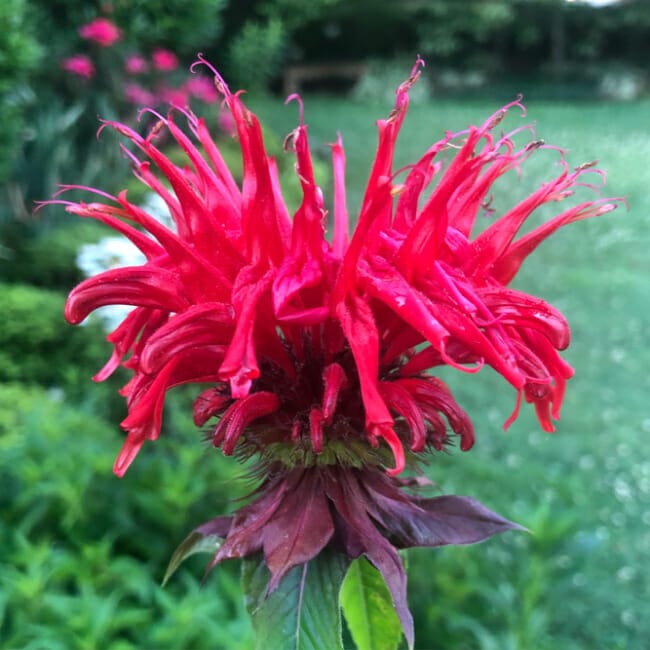
If you have questions about anything covered in this post about garden resolutions, please comment below. Happy garden dreaming!
Join the Conversation
Leave a Comment
2 responses to “Ten Garden Resolutions for the New Year”
 Leave a Reply
Leave a Reply
We do the work.
You check your email.
Sign up for our weekly e-news.
Get stories sent straight to your inbox!








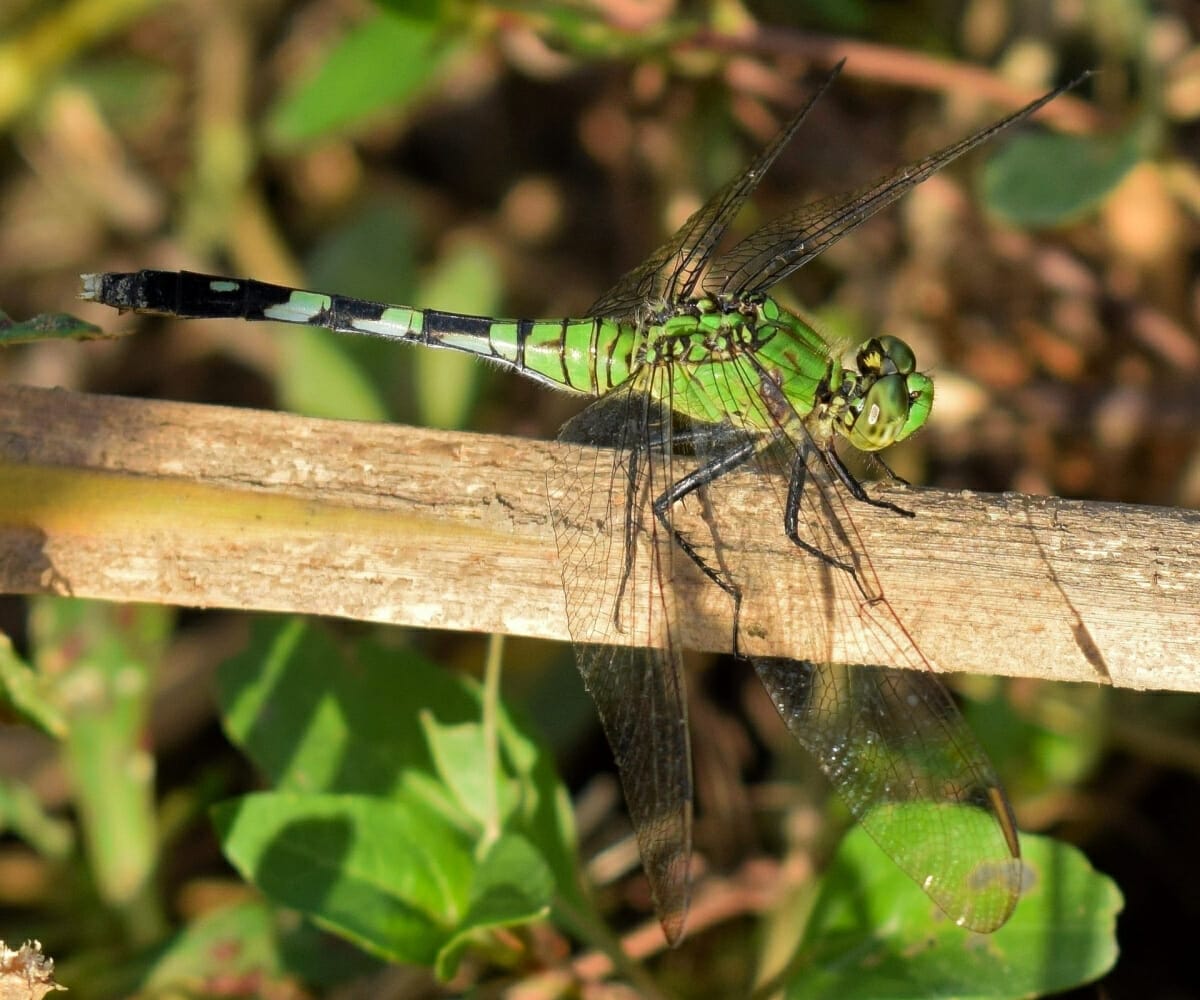

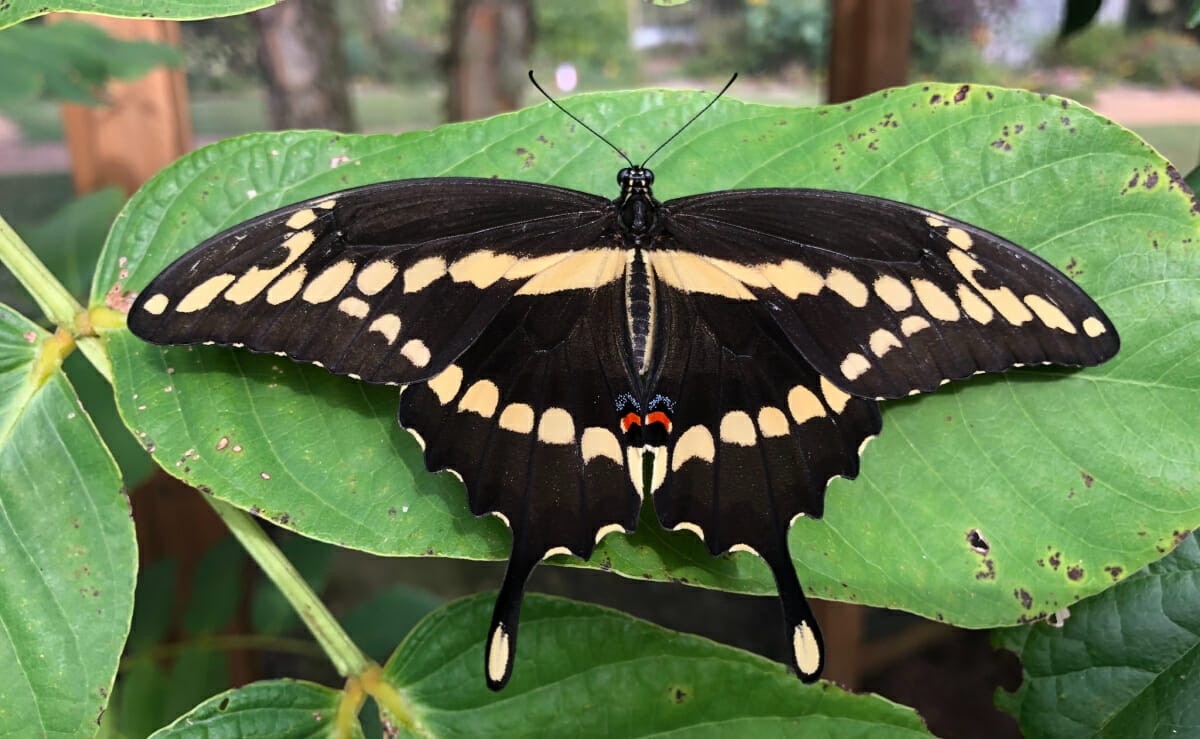

 Leave a Reply
Leave a Reply
Really nice article! You make me want to be more purposeful in my flower gardening.
Thank you for this informative article and the helpful links! I’m excited to get my hands dirty.